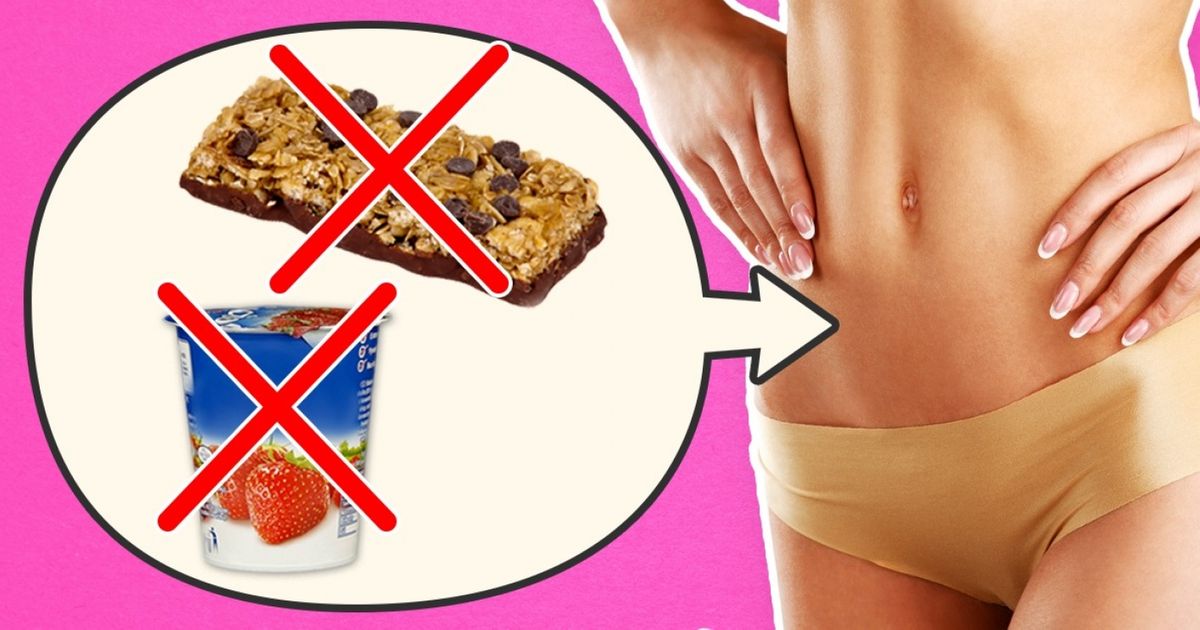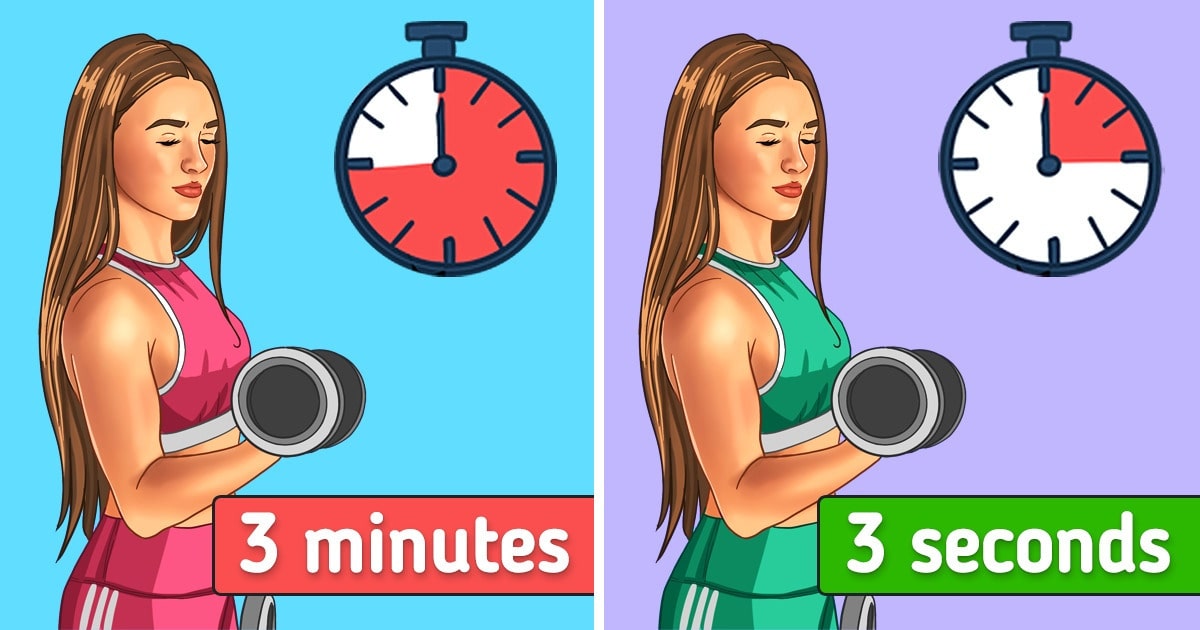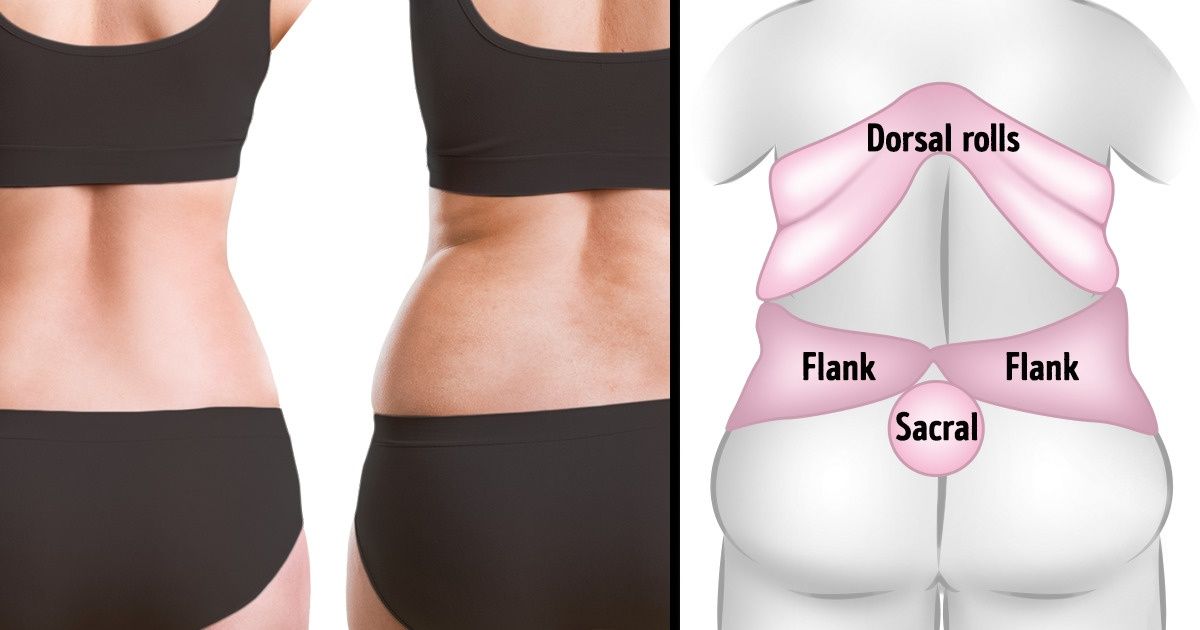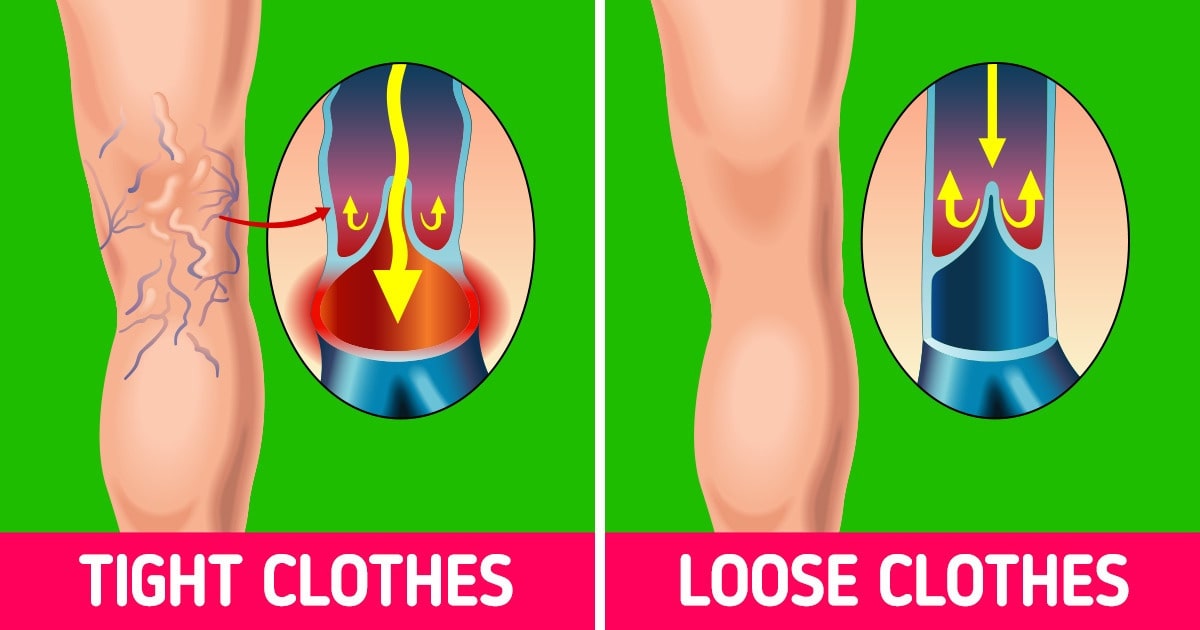Belly fat isn’t just a cosmetic concern—it’s a sign of underlying health issues that can affect your overall well-being. Whether it’s from an active social life involving alcohol, the aftermath of pregnancy, chronic stress, hormonal fluctuations, or digestive issues leading to bloating, each type of tummy requires a targeted approach. In this comprehensive guide, we’ll explore 5 distinct types of tummies and provide expert tips on how to slim each one effectively.
Drawing on insights from trusted health resources such as Mayo Clinic and Healthline, this article offers scientifically backed strategies and practical advice for sustainable fat loss. Let’s dive into the unique challenges and solutions for each type of tummy.
Types of Tummies And How To Get Rid Of Each Of Them
Effective Strategies to Lose Belly Fat from Alcohol Consumption

Excessive alcohol consumption can lead to the accumulation of visceral fat around the abdomen, often referred to as a “beer belly.” Alcohol is calorie-dense and can disrupt your body’s metabolic processes, leading to increased fat storage. In addition, alcohol consumption can affect hormone levels, reducing the body’s ability to burn fat effectively.
Key Tips for Slimming an Alcohol-Induced Tummy:
- Monitor Your Caloric Intake: Alcohol adds extra calories without offering nutritional benefits. Keep track of your alcohol consumption and aim for moderation.
- Hydrate, Hydrate, Hydrate: Drinking water between alcoholic beverages helps prevent dehydration and reduces calorie intake.
- Incorporate Metabolism-Boosting Foods: Include nutrient-rich foods like leafy greens, lean proteins, and healthy fats to support metabolic health.
- Exercise Regularly: Combine cardio with strength training to maximize fat burning. High-intensity interval training (HIIT) is particularly effective for targeting stubborn belly fat.
Research suggests that reducing alcohol intake can significantly impact your weight loss efforts. For more detailed information on how alcohol affects metabolism, explore the insights shared by Mayo Clinic.
Expert Tips to Lose Belly Fat Post-Pregnancy: Regain Your Pre-Baby Body

Pregnancy can leave lasting changes in your body, including stubborn belly fat that persists long after childbirth. Post-pregnancy weight loss requires a careful balance of nutrition, exercise, and patience as your body recovers and adjusts to new hormonal levels.
Effective Methods for Slimming a Post-Pregnancy Tummy:
- Adopt a Balanced, Nutrient-Dense Diet: Focus on whole foods that provide essential nutrients for recovery and energy. Lean proteins, whole grains, and fresh fruits and vegetables should form the basis of your meals.
- Safe Postpartum Exercises: Begin with gentle exercises like walking and postnatal yoga before progressing to more intense workouts. Core-strengthening exercises can help tone the abdominal muscles over time.
- Breastfeeding Benefits: If you’re breastfeeding, know that it can help burn additional calories and reduce fat accumulation.
- Consult Health Professionals: Before starting any weight loss program, consult with your healthcare provider to ensure that your body is ready for exercise and dietary changes.
For more guidance on post-pregnancy weight loss and safe exercise routines, check out expert advice on Healthline’s postpartum fitness guide.
Combat Stress-Related Belly Fat: Proven Techniques for a Slimmer Waist

Stress is a major contributor to belly fat due to the hormone cortisol, which can increase appetite and promote fat storage—especially around the midsection. When stress levels are high, your body enters a fight-or-flight mode, and the ensuing hormonal imbalances can lead to significant weight gain.
Strategies to Reduce Stress-Induced Belly Fat:
- Practice Mindfulness and Meditation: Techniques such as deep breathing, yoga, and meditation can lower cortisol levels and reduce stress.
- Regular Physical Activity: Exercise not only burns calories but also releases endorphins, which help combat stress and improve mood.
- Prioritize Sleep: Aim for 7-9 hours of quality sleep per night. Poor sleep can exacerbate stress and hinder weight loss efforts.
- Healthy Diet Choices: Consume foods rich in omega-3 fatty acids, antioxidants, and fiber to help manage stress levels. Incorporate nuts, seeds, berries, and fatty fish into your diet.
For further reading on the link between stress and weight gain, visit WebMD’s guide to stress and weight loss.
Balancing Hormones for a Flatter Stomach: Natural Methods to Lose Belly Fat

Hormonal imbalances are a common culprit for stubborn belly fat. Conditions like polycystic ovary syndrome (PCOS), thyroid disorders, or simply the natural hormonal shifts that occur with age can lead to weight gain and a slower metabolism. Understanding your hormonal profile is key to addressing this type of tummy.
How to Address Hormonal Belly Fat:
- Optimize Your Diet: Focus on anti-inflammatory foods and those that help regulate blood sugar levels. Incorporate plenty of vegetables, whole grains, and lean proteins while limiting processed foods and sugars.
- Exercise Consistently: Regular physical activity, particularly strength training, can help balance hormones by building muscle mass and boosting metabolism.
- Consider Natural Supplements: Certain supplements, like omega-3 fatty acids and vitamin D, may help regulate hormone levels. Always consult a healthcare professional before starting any new supplement regimen.
- Manage Stress: Since stress impacts hormone levels, incorporating stress management techniques is crucial. Practices like yoga, meditation, and even simple breathing exercises can make a difference.
For additional insights on hormonal balance and weight loss, refer to the detailed articles available on Mayo Clinic’s hormone health section and Healthline.
Eliminating Bloating and Gas: Tips to Reduce Belly Fat from Digestion Issues

Digestive issues such as gas and bloating can give your midsection a distended appearance, even if you’re not carrying excess fat. Often, the culprit is your diet—certain foods can lead to excessive gas production and water retention. Fortunately, there are effective strategies to reduce bloating and slim your tummy.
Steps to Alleviate Gas-Induced Belly Bloat:
- Identify Trigger Foods: Common culprits include beans, cruciferous vegetables, and carbonated beverages. Keeping a food diary can help you pinpoint which foods cause you discomfort.
- Eat Smaller, Frequent Meals: Instead of large meals that overload your digestive system, opt for smaller, more frequent meals that are easier to digest.
- Stay Hydrated: Drinking plenty of water helps flush out excess sodium and reduce bloating. Herbal teas like peppermint or ginger tea can also soothe your digestive tract.
- Probiotics and Fiber: Incorporate probiotic-rich foods such as yogurt or kefir to support gut health, and ensure you’re getting enough fiber to promote regular digestion.
- Avoid Swallowing Air: Simple habits like eating slowly, avoiding straws, and not chewing gum can reduce the amount of air you swallow, which can contribute to gas.
For more tips on managing digestive health and reducing bloating, you can read the comprehensive guides available on Healthline’s digestive health section.
A Holistic Approach to Slimming Your Tummy
While each type of tummy may have its unique causes and solutions, there are overarching strategies that apply to everyone looking to achieve a flatter stomach. Here are some additional tips that can boost your overall results:
- Adopt a Clean Eating Plan: Focus on whole, unprocessed foods that are high in nutrients and low in empty calories. Emphasize fruits, vegetables, lean proteins, and healthy fats.
- Regular Exercise Routine: Incorporate both cardio and strength training into your weekly routine. Exercise not only burns calories but also builds muscle, which in turn increases your metabolism.
- Stay Consistent: Weight loss and body transformation require time and persistence. Stick to your plan and make gradual adjustments rather than seeking rapid fixes.
- Monitor Your Progress: Use a journal or a fitness app to track your food intake, exercise routines, and progress. This can help you identify what works best for your body and adjust accordingly.
- Seek Professional Advice: Consider consulting with a registered dietitian or a certified fitness trainer who can offer personalized guidance based on your individual needs.
Final Thoughts: Tailoring Your Approach for Lasting Results
Achieving a flatter stomach and reducing belly fat isn’t about following one universal method—it’s about tailoring your approach to address the unique challenges posed by different types of tummies. Whether your belly fat is the result of lifestyle habits like alcohol consumption, the natural changes after pregnancy, the impact of stress, hormonal imbalances, or digestive issues leading to bloating, there are targeted strategies that can help.
Remember that a healthy lifestyle is built on consistency, balanced nutrition, regular physical activity, and mindful stress management. By understanding the specific causes behind your belly fat and applying the appropriate techniques, you can achieve long-lasting results that improve not only your appearance but also your overall health.
For more expert insights and tips on weight loss and healthy living, visit reputable sources such as Mayo Clinic and WebMD. These platforms offer in-depth research and practical advice that can further support your journey to a trimmer, healthier midsection.
Ultimately, the journey to a flatter stomach is a gradual process that involves lifestyle adjustments, self-compassion, and the willingness to try new approaches until you find what works best for you. Embrace the process, celebrate small victories along the way, and keep your long-term health goals in focus.
By following the strategies outlined in this guide, you’re not just aiming for a more attractive midsection—you’re also working towards a healthier, more balanced life. Start today by implementing these tips, and over time, you’ll see improvements in your energy levels, confidence, and overall well-being.
Preview Image Credit: ShutterStock









